That strain again… it’s the morning after the concert and one tune is still there, playing in the head upon waking, running around and around on an unbreakable loop over breakfast. I’ve never liked the term ‘earworm’. It suggests an alien parasite, an aural violation, when in fact some part of the musical brain is clearly in love with this scrap of melody, and getting a microgram of a dopamine hit every time it presses ‘repeat’. It’s consensual, even pleasurable. Why fight it? There’s an Arthur C. Clarke story about a scientist obsessed by the finale of Sibelius’s Second Symphony. He invents an algorithm for musical catchiness and promptly starves to death, unable to tear himself away, even for a second, from the world’s most infectious melody.
So consider yourself warned. The melody in question is by the Czech composer Josef Suk and it’s played by the cellos about 50 seconds into his Fantastic Scherzo, Op. 25 — though in this performance by the Hallé Orchestra under Sir Mark Elder, it practically glided into existence.
The orchestra is bright with Slavonic dance rhythms, when suddenly there it is — a lilting minor-key waltz with just enough of a harmonic twist to slide into your memory and fix its hook. Played the way the Hallé played it for Elder — like liquid silk, with the lightest of caresses from Elder to make it melt over the accompanying rhythms — it’s lethal. I don’t know when I’m going to be shot of it; but right now, I feel like it’s been there all week.
This isn’t just Suk’s fault, either. Elder and his orchestra have to be held accountable too, for ensemble playing that sounds as if it’s practically a reflex action. Elder has been music director of the Hallé for 21 years now, and he’s currently the longest-serving chief conductor of any major British orchestra (only Pappano at the Royal Opera and Karabits in Bournemouth run him at all close).
Vintage wine from fine old kegs, and all that; but after two decades Elder’s rapport with the Hallé goes beyond mere intimacy. They sound like they can practically finish each other’s sentences.
That explains the Suk, but it also suggests that the relationship has become casual, even tired, when in truth the chemistry between the Hallé and its music director bristles with spontaneity and colour. When effortless mutual understanding is the starting point rather than the end of the artistic process, everything lights up a notch. You expect the extra brass players in Janacek’s Sinfoniettato pack a wallop, and so they did: rolling out their phrases in seven-league boots while the timpani hammered a tattoo on the platform beneath them.
Less predictable was the way Elder re-balanced the whole orchestra around the brass, with the strings as a top layer of flashing colour while muted trombones wove interlocking rhythms, or horns shrieked out the kind of high-altitude figuration that would be extreme even on a violin. This stuff ought to be impossible, and you suspect that’s why Elder loves it.
In Rachmaninov’s Fourth Piano Concerto they turned it all the other way around to support the soloist Boris Giltburg — whose aristocratic, unsentimental virtuosity was reminiscent of Rachmaninov’s own recordings. Under Elder, the Hallé’s strings possess the almost-lost art of holding a simple chord in such a way that the very air seems charged with emotion. I’ve heard nine UK symphony orchestras play live in recent months, all under new-ish and more-or-less interesting conductors, and barring John Wilson’s Sinfonia of London I’ve heard nothing to match the unanimity and sheer collective finesse of the Hallé under Elder. This is what peak performance sounds like, and it takes decades to achieve. Savour it while you can.
In London, Ian Page’s period instrument band The Mozartists is currently six years into (and here’s a fine bit of music industry optimism) a 27-year project to track Mozart’s career, one year at a time.
They’re currently in 1771. Mozart is 15, and over the three symphonies in this concert you could hear him growing up in real time: from the setpiece rococo pleasantries of the Symphony No. 12 to the A major warmth of No. 14 (practically a dry run for the glorious Symphony No. 29, just three years in his future). Compared with the swashbuckling bravura of The Mozartists’ recordings, these live performances felt slightly muted, though that might have been a side-effect of playing in a venue as big and as comfortably carpeted as Cadogan Hall.
There was clearly plenty of energy on stage, whether from Pace, his players, or the soprano Emily Pogorelc — whose barnstorming performance of an aria from an opera by Paisiello put little Wolfgang very much back in his box. Give the kid a couple of years, though.
Got something to add? Join the discussion and comment below.
Get 10 issues for just $10
Subscribe to The Spectator Australia today for the next 10 magazine issues, plus full online access, for just $10.
You might disagree with half of it, but you’ll enjoy reading all of it. Try your first month for free, then just $2 a week for the remainder of your first year.

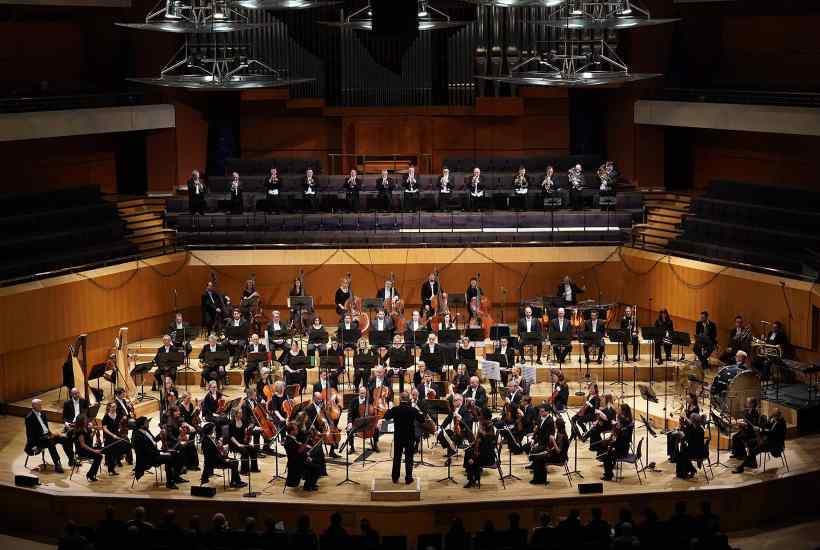
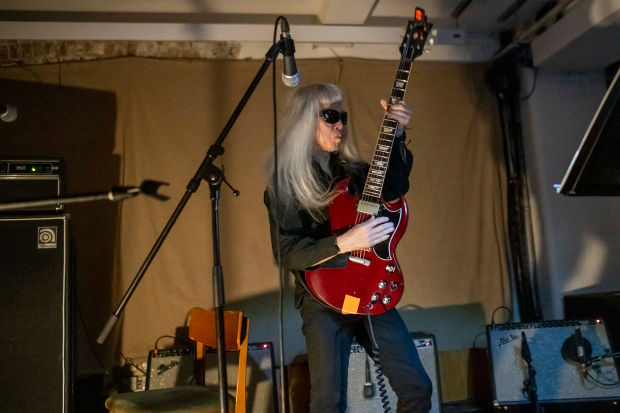
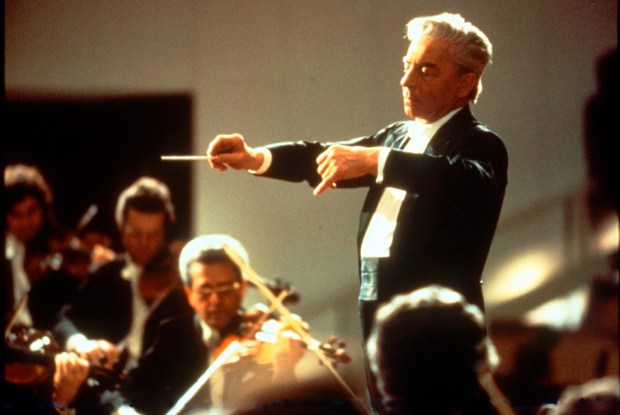
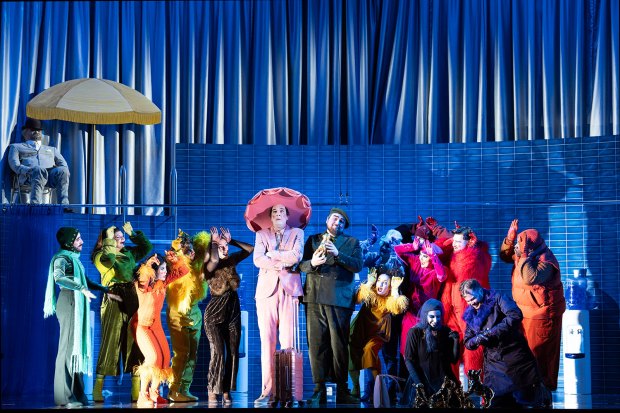
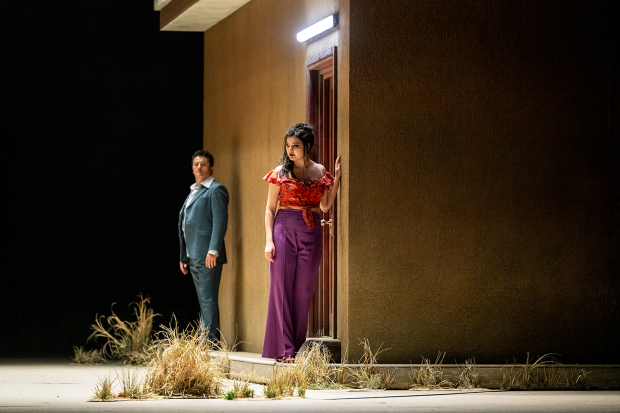
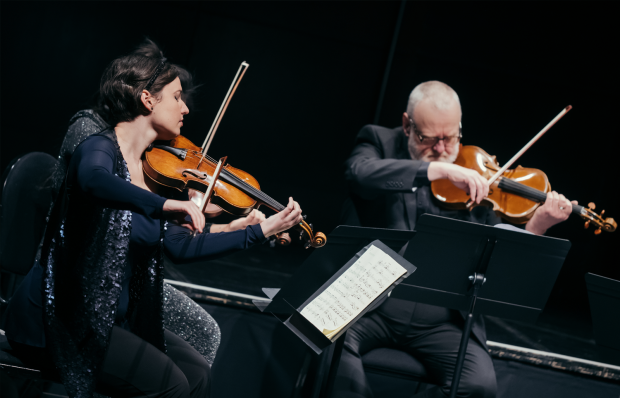
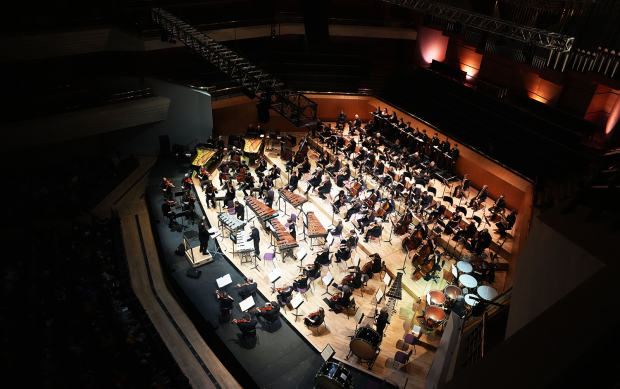






Comments
Don't miss out
Join the conversation with other Spectator Australia readers. Subscribe to leave a comment.
SUBSCRIBEAlready a subscriber? Log in